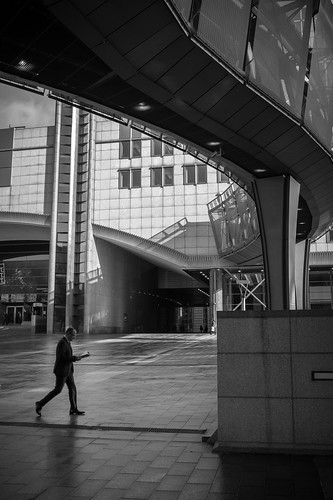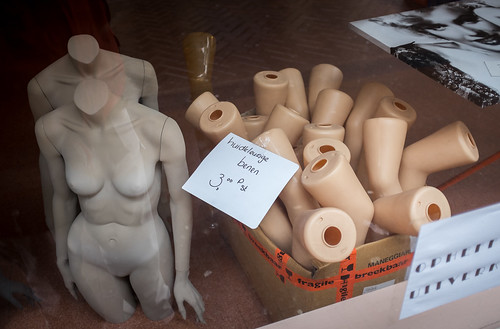Fuji Xpro2 with XF 35 f2.0 lens, two SD cards, extra batteries and a soft shutter release button. Details and links appear at the end of this post*.
I finally got my hands on the new Fujifilm X-Pro2. And like with every new or loaner camera I receive, I downloaded the manual and read it (I highly recommend this). In this case, I read it several times even before the camera arrived.
Then once the camera was in front of me I went through all the menus and adjusted the settings in a way that makes sense to me and will best compliment my shooting style.
Below are the changes to the factory settings I made:
IMAGE QUALITY - FINE+RAW: I prefer to shoot with this set up so that I can take advantage of Fuji's film simulation options with the jpegs while always having the raw file to process anyway I want. Taking advantage of the X-Pro2s two SD card slots means I have the jpegs on one and raw on the other.
FILM SIMULATION - ACROS-Ye FILTER: ACROS is a new monochrome film simulation option on the X-Pro2, so I'm giving it a try. Additionally, I've added the yellow filter (you can also add a red or green filter) which slightly enhances contrast and darkens the sky.
LONG EXPOSURE NR - OFF: Will activate if needed, but see no reason to leave on until then.
AF ILLUMINATOR - OFF: One of the advantages of mirrorless cameras is the ability to blend in, so the last thing I want when shooting at night or in dark situations is to draw attention myself with light.
AF+MF - ON: This setting allows me to manually adjust focus while the shutter button is pressed halfway. The camera must be in focus mode S for this work.
INSTANT AF SETTING - AF-C: This tells the camera what autofocus setting I want to use when I press the AF-L button while the camera is in manual focus mode.
CORRECTED AF FRAME - ON: This adds a second focus frame to the display in the optical viewfinder for distances of about 1.6. Corrects for parallax inherent in rangefinders.
SHUTTER TYPE - ES ELECTRONIC SHUTTER: Eliminates shutter noise and used for the same reason I turn off the AF illuminator and turn all other sounds off. The less attention I draw to myself when shooting, the better.
ISO AUTO SETTING - MAX SENSITIVITY 3200 and MIN. SHUTTER SPEED 1/30: I started using auto ISO on my X100S about a year ago and really like not having to worry about making changes when moving from inside to out or in and out of the shadows. Besides, if I change my mind it is easy and quick to change the ISO using the dial located on top of the camera.
SOUND SETTING - ALL OFF: It should be obvious by now.
IMAGE DISPLAY - 1.5 SEC: One of the coolest things about this camera, like others in Fuji lineup is that a preview of the photo you just took appears in the viewfinder of the camera. It gives you instant feedback, especially when using the optical viewfinder.
FOCUS SCALE UNITS - FEET: What, am I in Europe?
FOCUS LEVER SETTING - ON: One of the new features on the Xpro2 is a joystick located on the back of the camera that enables you to move the focus-point around the viewfinder. This setting makes the joystick active.
EDIT FILE NAME - Changed the SRGB name to JFWP and the AdobeRGB name to JFW. No reason other than I can and after all, how boring is DCS.
CARD SLOT SETTING (STILL IMAGE) - RAW/JPG: I really like having two card slots in this camera. The second card slot can be used as overflow or as backup, but as mentioned previously, since I'm shooting both raw and jpegs, this setting allows me to separate them on two different SD cards.
WIRELESS SETTINGS - GENERAL SETTINGS: Changed the wireless name to FUJIFILM-JFWPHOTO.
Once I've had a chance to spend some time shooting with this camera, I'll give you my thoughts and also update you on any changes I've made to the list above.
Fujinon Xf35mm F2 R WR - Black
Wasabi Power Batter (2-Pack) and Charger
SanDisk Extreme PRO 32GB SDHC memory card
Neewer 10mm Diameter Red Plan Metal Soft Shutter Release Button





























